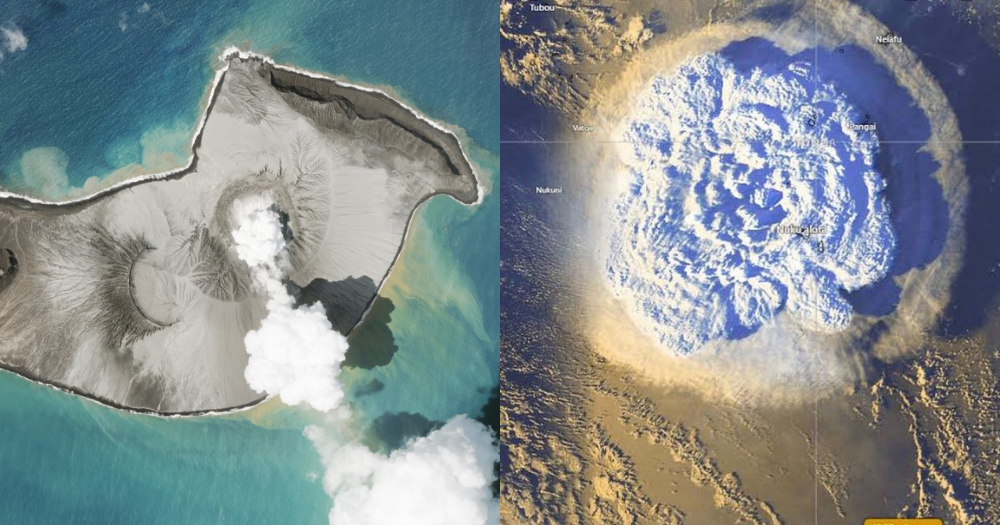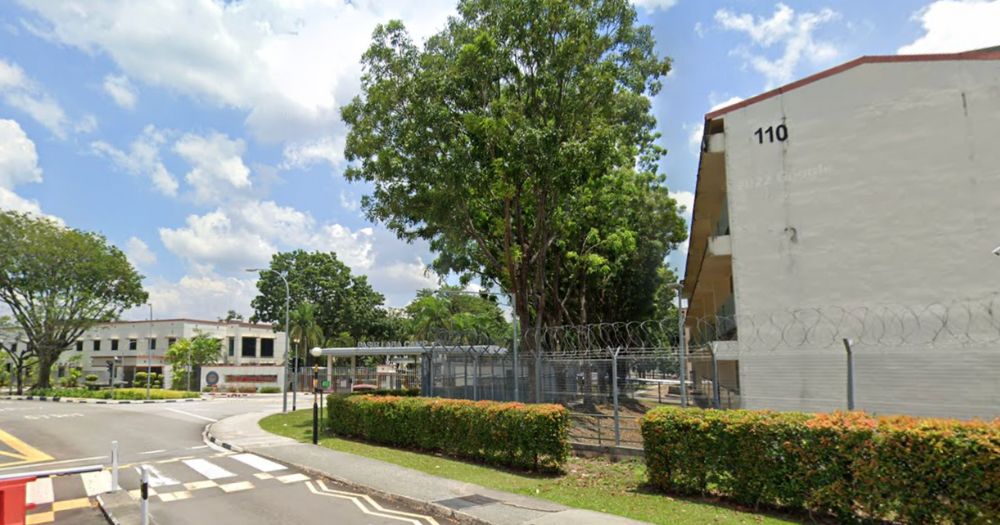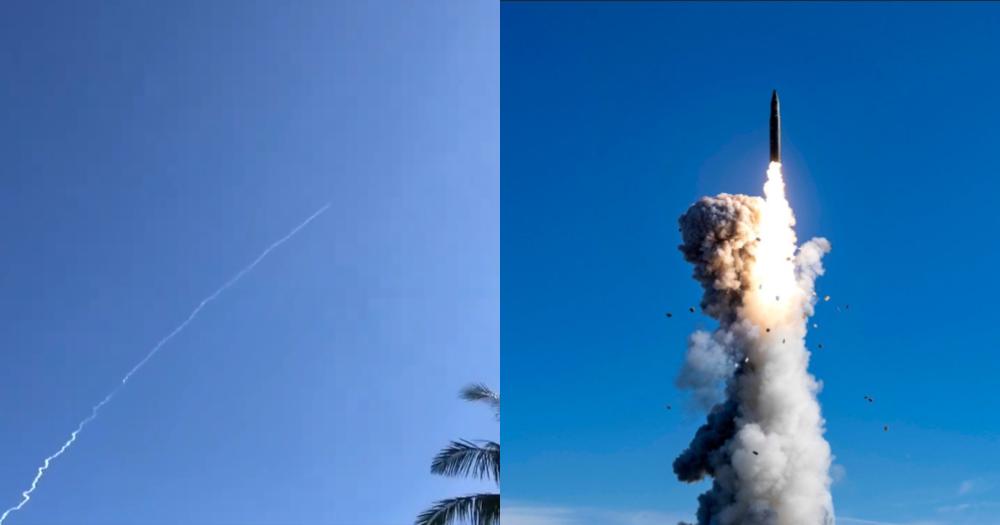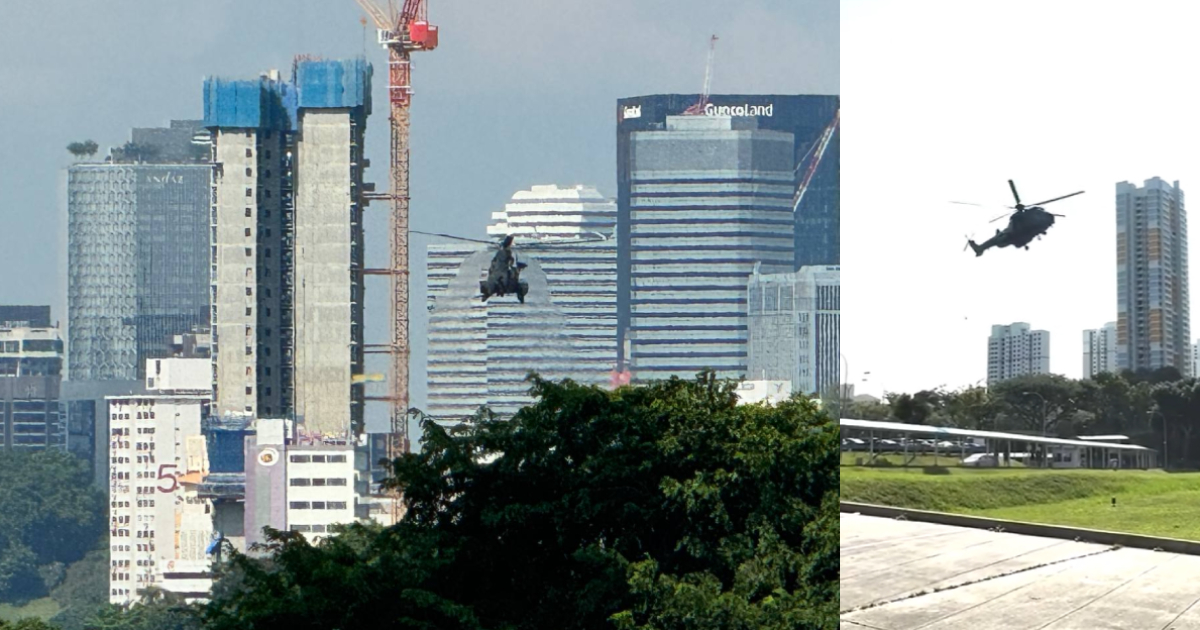S'pore at risk of tsunami caused by undersea volcanic eruption: NTU study
Three undersea volcanoes identified that could pose such a risk to Singapore.

A study by the Nanyang Technological University (NTU) has found that Singapore is at risk of a tsunami should an undersea volcano in the region erupt, depending on the magnitude of the event.
The study identified two undersea volcanoes within India's Exclusive Economic Zone (EEZ) — in the Andaman Sea between the Indonesian island of Sumatra and Myanmar — which could cause tsunamis affecting Thailand, Malaysia, Myanmar, Indonesia (Sumatra), India and Singapore through the Malacca Strait.
The study also noted that as these two undersea volcanoes are within the submarine Indonesia volcanic arc, there could be other undersea volcanoes in the area that have not been charted, and there is a potential increased hazard extent.
The study was published on the National Hazards and Earth System Sciences scientific journal in April 2024.
One of the undersea volcanoes identified has past evidence of collapsing
One of the two volcanoes, called Barren Island, has also shown past evidence of "sector collapse" — that is, when a portion of the volcano collapses due to earthquakes or rising magma.
Such an event can result in an immediate lateral blast, which is what happened to Mount St. Helens in the U.S. in 1980.
A sector collapse can also result in a tsunami, which was what happened during the eruption of Anak Krakatau in 2018.
At that time, the volume of the collapse, estimated to be about 0.15km³, produced a local tsunami that reached up to 14m at its maximum run-up, resulting in more than 430 fatalities and millions of dollars in damage, according to the study.
Singapore also faces risk from another volcano in the South China Sea
In addition, Singapore also faces the risk of a tsunami from another undersea volcano within the South China Sea.
Speaking to The Straits Times, one of the paper's authors and a research fellow at NTU's Earth Observatory of Singapore (EOS), Andrea Verolino, highlighted a particular volcano of concern within the northern South China Sea, called KW-23612.
This undersea volcano has a caldera about 7km wide, nearly twice the size of the Hunga-Tonga-Hunga-Ha'apai volcano's 4km-wide crater, Verolino pointed out.
The caldera is also only 200m from the surface, which is considered shallow.
Verolino said, according to ST: "For a volcano to grow that big and have such a hole in the middle means there was intense explosive activity."
Simulations showed tsunami of a few centimetres reaching Singapore
Verolino added that in his research, simulations of an eruption at KW-23612 showed a tsunami of a few centimetres reaching Singapore, according to The Straits Times.
Such a tsunami still poses a risk to Singapore, as it can create strong currents that will affect boat traffic, beaches and cause coastal flooding, with Changi being the first location to be affected, Verolino said.
Such a study has not been published yet and the results are still being validated though.
Another risk is that a submarine eruption could damage undersea cables, resulting in disruptions to financial transactions and internet outages.
The study by Verolino and his colleagues mapped a total of 466 undersea volcanoes around Southeast Asia, Taiwan and the Andaman and Nicobar islands.
Verolino added that he is hoping their research will be able to identify a few volcanoes of interest for further research and exploration before they erupt.
Top image via Jacinda Ardern/Instagram and Planet Labs
MORE STORIES




















